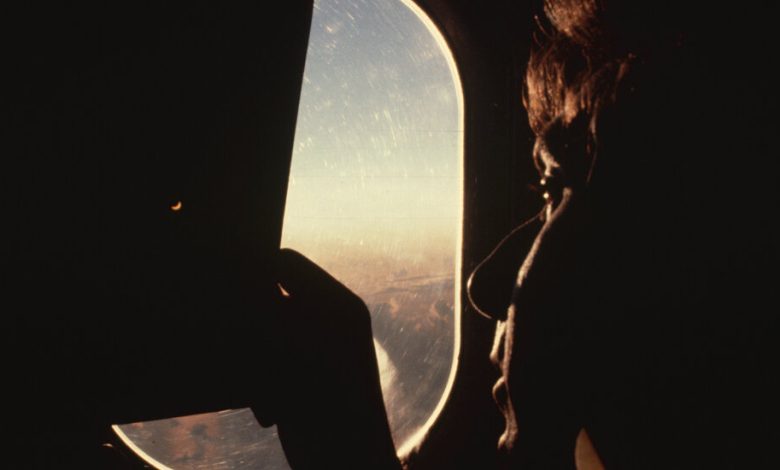A Lifetime Under the Moon’s Shadow

A total solar eclipse, when the cosmos clicks into place with the worlds aligned like cue balls, may be one of the most profoundly visceral experiences you can have without ingesting anything illegal.
Some people scream, some cry. Eight times, I’ve been through this cycle of light, darkness, death and rebirth, feeling the light melt and seeing the sun’s corona spread its pale feathery wings across the sky. And it never gets old. As you read this article, I will be getting ready to go to Dallas, along with family and old friends, to see my ninth eclipse.
One old friend won’t be there: Jay M. Pasachoff, who was a longtime astronomy professor at Williams College. I’ve stood in the shadow of the moon with him three times: on the island of Java in Indonesia, in Oregon and on a tiny island off Turkey.
I was looking forward to seeing him again next week. But Jay died in late 2022, ending a half-century career as the pushy cosmic evangelist, as responsible as anyone for the sensational circus of science, wonder and tourism that solar eclipses have become.
“We are umbraphiles,” Dr. Pasachoff wrote in The New York Times in 2010. “Having once stood in the umbra, the Moon’s shadow, during a solar eclipse, we are driven to do so again and again, whenever the Moon moves between the Earth and the Sun.”
As an eclipse came around, Jay could be found wearing his lucky orange pants and heading expeditions of colleagues, students (many of whom became professional astronomers and eclipse chasers themselves), tourists and friends to corners of every continent. Many who joined his outings were introduced to the adrenaline-filled chase of a few minutes or seconds of magic while hoping it didn’t rain. He was the one who knew everybody and pulled strings to get his students tickets to the remotest parts of the world, often to jobs operating cameras and other instruments, and inducting them into the scientific enterprise.
